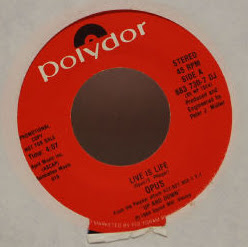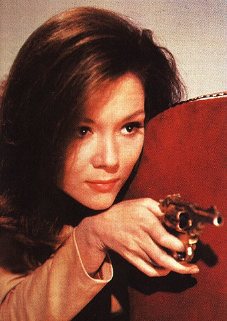If you ever wanted to run a radio station (and who hasn't?), there is a way you can do it without a lot of money, that has small, but fair enough range (about a mile, more or less - enough for a local neighbourhood) and without a license - legally.
There's a little known sub-section in the Code of Federal Regulations under Title 47 called Part 15. Under this section, you can legally operate a small radio transmitter running no more than 100mW (milliwatts) and a maximum antenna height of three meters (about 10 feet) on AM. (FM is much more limited in signal strength and smaller in antenna height.)
You can operate on either AM of FM. But the range you get with FM is much more limited (about 250 feet) than with AM. AM is by far the best method of transmitting under Part 15 rules.
Most Part 15 operators transmit in the upper portion of the AM dial, in that "expanded band" area that appeared on AM radios made past 1988 between 1600-1700 on the AM dial where there are fewer stations. Range is actually farther on these frequencies than those on the lower end of the AM dial. Which was something I never understood because technically, the lower end of the dial always seemed to have the farthest broadcast range of most AM stations. But I think that's factoring in grounding and other high-end engineering methods (that's one downside with AM, you have to really study radio transmission methods and theory.)
Here are some web sites that can get you started on this incredible little hobby:
http://www.hobbybroadcaster.net
http://www.part15.us
http://www.lpam.net





